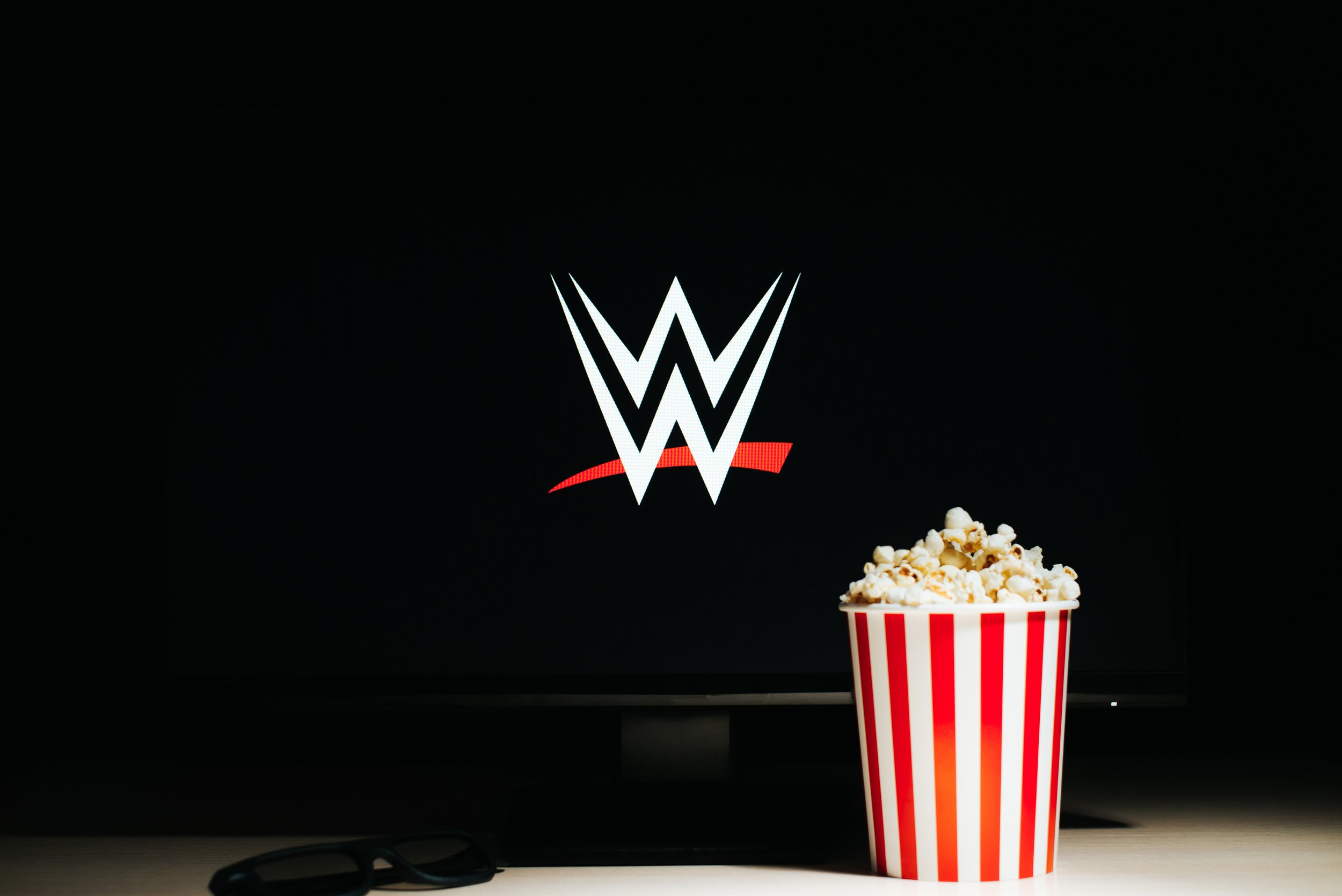The BackPage Weekly | Netflix x WWE announce new $5 billion 10-year deal: What are the key takeaways?
By Ollie Raggett, Daniel Geey and Owen Filtness
Background
2024 has barely begun and we already have news of a major shift in the sports-broadcasting landscape with a significant deal recently announced.
After 31 years on linear television, WWE and Netflix have announced a deal reportedly worth over $5 billion across a 10-year period that will see Netflix become the exclusive global broadcaster of WWE Raw from January 2025. This is at a time where Netflix revealed that it had added over 13.1 million subscribers in the later part of 2023 and has approximately 260 million subscribers on its platform worldwide.
In this edition of The BackPage, we explore what the WWE x Netflix agreement could mean both for Netflix as the world’s largest streaming platform and the wider sports industry.
Key Take-aways
1. Netflix and Live Sport
Mark Shapiro (President and COO of TKO (the owner of WWE)) declared that the WWE x Netflix partnership “fundamentally alters and strengthens the media landscape, dramatically expands the reach of WWE, and brings weekly live appointment viewing to Netflix”. To many the announcement is something of a surprise pivot by Netflix.
As discussed in previous editions of The BackPage, Netflix has largely found success by forging a reputation in ‘sports adjacent’ docu-series programming. Key examples of this would be the Formula 1 focussed ‘Drive to Survive’ (Season Five was watched by 90.2 million people between January – June 2023) and the tennis docu-series Break Point. The streaming service is attempting to build upon these established series by broadcasting live sporting events. Having broadcast ‘The Netflix Cup’ ( a golf tournament featuring drivers featured in ‘Drive to Survive’) and golf docu-series ‘Full Swing' in November last year, Netflix will broadcast the ‘Netflix Slam’ (a one-off tennis exhibition match between Rafael Nadal and Carlos Alcaraz) in March 2024.
Historically, the platform has largely steered away from live broadcasting of established sports, but the WWE deal shows an evolution of approach. In addition, the WWE deal signals an attempt to broaden the audience of WWE (with hours of ready-made content) within Netflix’s existing subscriber pool and to develop further subscriptions on the platform from existing WWE fans.
2. Advertising and Ancillary Revenue Opportunities
WWE fans are already accustomed to watching WWE events with ad-breaks wrapped into the offering. As a result, the WWE product is ready-made for the ad-subscription model available on Netflix. In addition, the exclusive deal means Netflix will also be the home of all WWE shows and specials outside of the weekly WWE Raw event, including WWE’s award-winning documentaries and original series. As such, it will be interesting to see how the partnership with Netflix opens up additional ancillary income opportunities and for further brand growth to be generated through supplementary shows and perhaps spin-off mobile/android games via Netflix Games.
3. Wider ramifications
The WWE x Netflix announcement also provides further evidence of a wider ongoing debate within the sports-broadcasting industry – are premium sports moving away from the traditional live sport / linear broadcast model and what may be the consequences of such an approach?
What is clear is that there is a growing number of rights holders willing to look for OTT alternatives to traditional broadcasters.
Recent examples include:
Prime Video increasing its tennis offering and purchasing exclusive rights to NFL Thursday Night Football; and
the MLS’ broadcast partnership with Apple TV (and newly announced docu-series with Netflix)
Content and access are key in the streaming space and provide an avenue for Netflix, Apple TV, Amazon Prime and others to move into the live sports broadcasting arena.
Conclusion
The sheer magnitude of the deal between WWE and Netflix is a clear signal that there is a long-term strategy in-mind for the development of the WWE product as part of the Netflix ecosystem. As such, it will be fascinating to see how the deal could alter the way WWE is broadcast to consumers.
More widely, the deal signals a further strategic evolution for Netflix. Not so long ago, a live sport offering was considered too far away from its core product. Not any more; and these types of deals will only serve to disrupt the traditional consumption models for sports content.
